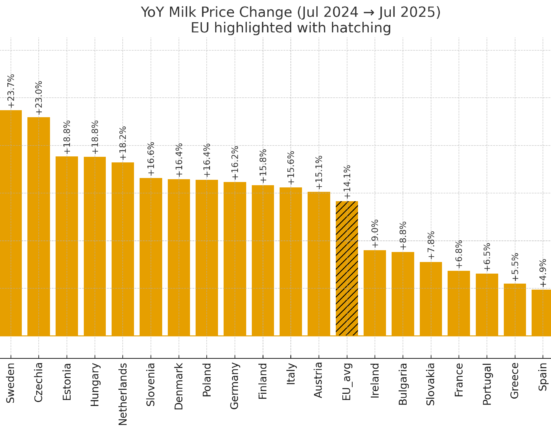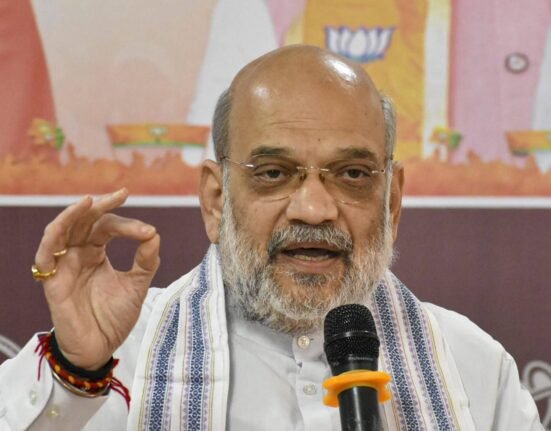When Prime Minister Narendra Modi spoke on Independence Day about India’s farmers and livestock keepers, he alluded to a sector both dynamic and divided. The dairy and livestock industry, while a pillar of India’s food economy, faces a paradoxical journey, expanding rapidly yet struggling with deep-rooted inefficiencies.
India leads the world in milk production and ranks second in egg output. The animal feed market, valued at US$14 billion, is expected to reach US$20 billion by 2030, but policy inconsistencies, export bans, and high input costs continue to hinder progress. Feed exports fell from US$3 billion in 2023 to US$2.3 billion in 2024, largely due to the government’s de-oiled rice bran (DORB) ban and the ethanol blending policy, which diverts millions of tonnes of maize from feed to fuel.
“Indian farmers are more price-sensitive than quality-conscious,” notes Abhishek Dubey of Foxnut Group, emphasising the need for education on modern feed additives to boost productivity. Despite producing 120 billion eggs annually, India processes only a fraction into exportable powder a missed opportunity in a US$3.8 billion global market. Infrastructure and certification hurdles deter small and medium players from entering this lucrative space.
India’s fodder shortage further highlights the need for silage adoption, but awareness remains low. “States like Gujarat and UP demand huge quantities monthly, yet traditional feeding practices persist,” says Piyush Agarwal of Cornext. Meanwhile, automation in dairy and poultry could transform efficiency, though many farmers remain hesitant to invest in modern systems.
The sector’s progress depends on bridging awareness gaps, improving infrastructure, and aligning policies across states. With milk output rising 5.3% and poultry 7–8% annually, India must now shift focus from volume to value-enhancing yields, encouraging processing, and promoting technology-led farming. As Goswami aptly remarks, “It’s wasteful to have the resources, demand, and machinery, but not the vision to process or export.”







